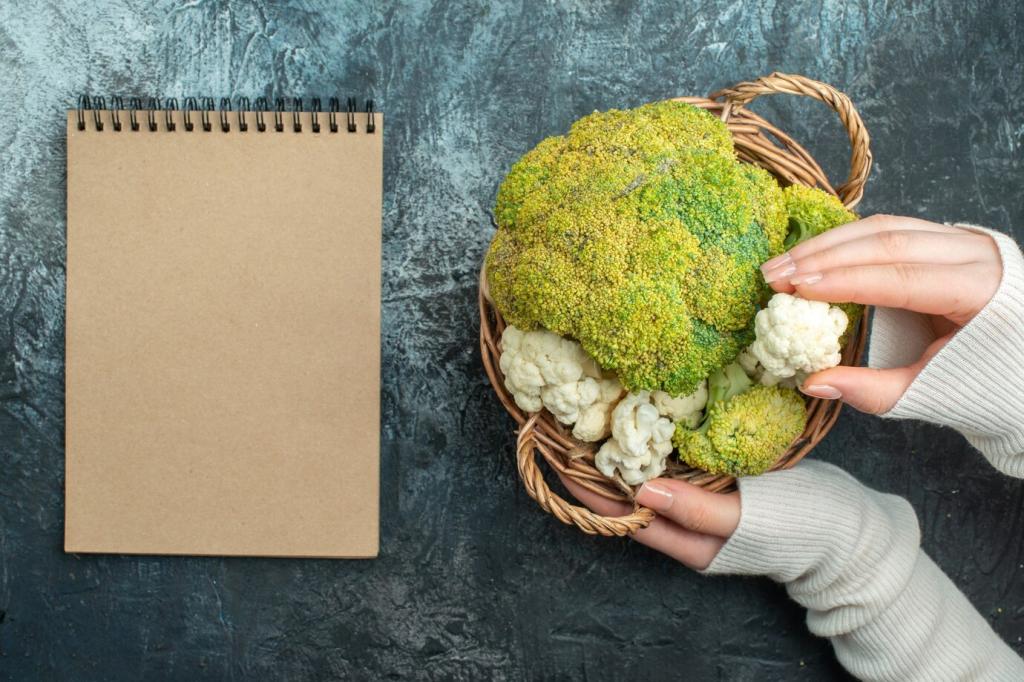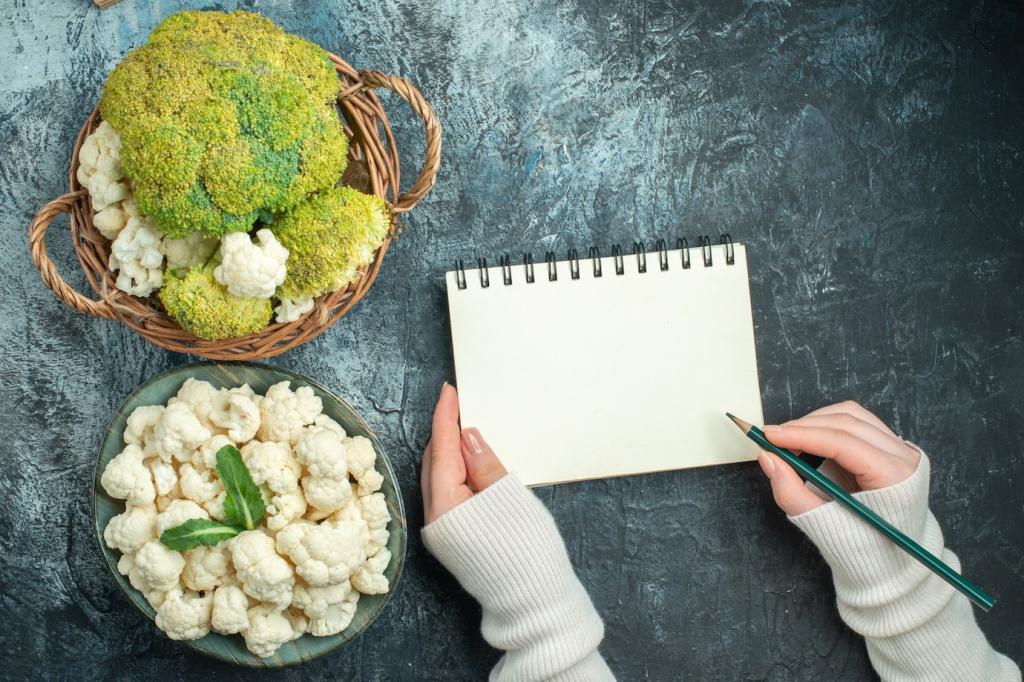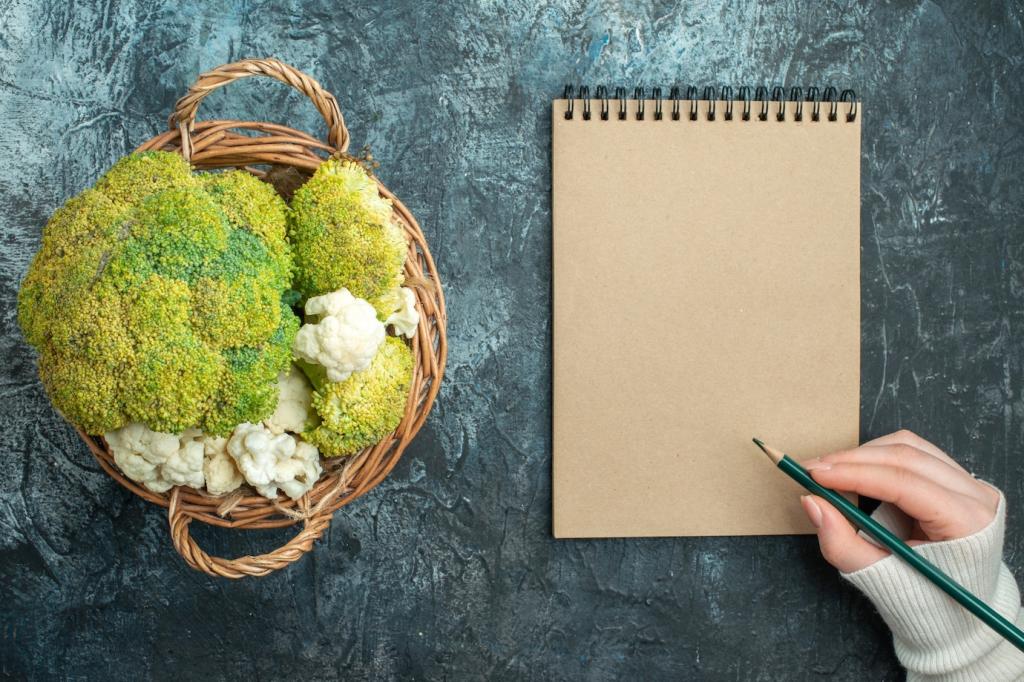Document, Connect, and Keep Learning
Note dates, products, room conditions, and observations after each session. Over time, patterns emerge—seasonal squeaks, humidity swings, finishes that respond best. A shared template helps newcomers start strong. Drop a comment if you want our printable log, and tell us which details you find most useful to track.
Document, Connect, and Keep Learning
Use the same spot, time of day, and background to document changes in sheen, color, and movement. Natural, indirect light reveals honest detail without glare. Build a folder per piece, and you’ll spot subtle shifts early. Post your photo series for feedback and inspiration; we love seeing glow-ups born of patience.





